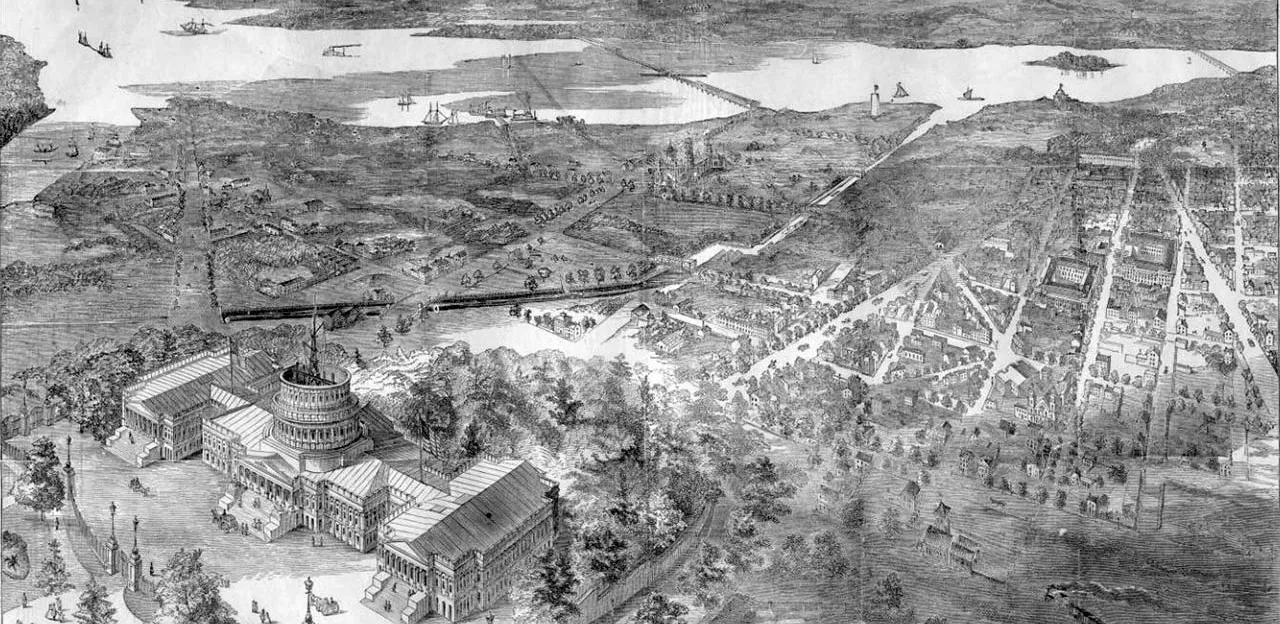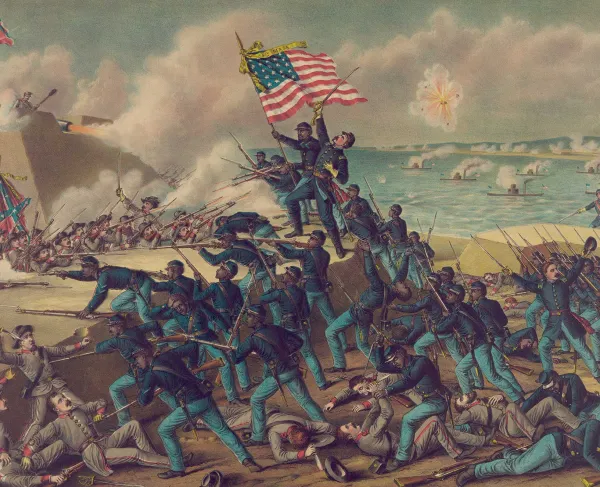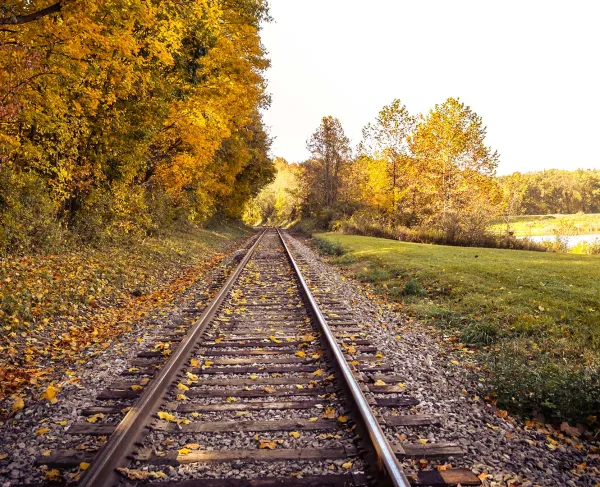Tour Civil War Washington, D.C. in One Day

The nation’s capital, and a center of military strategic planning and Union politics during the Civil War. Many feared Washington, D.C. presented itself as a prime target for the South during the first years of the war, with enemy territory in Virginia just across the river. Therefore, the Union built several major fortifications to protect the capitol. At the center of everything was President Abraham Lincoln who, while coordinating with his many generals, also began to think of ways to eliminate the root cause of the war.
Estimated Time: 7.5 Hours
Total Stops: Nine
Before You Go:
- Print or download the Tour Map.
- Learn more about the Battle of Fort Stevens and the defense of Washington, D.C..
- Read more about the Emancipation Proclamation.
- Learn more about the life and legacy of Abraham Lincoln.
- Learn more about the life and military career of Robert E. Lee.
- Learn more about the life of Frederick Douglass, his escape from slavery and tireless work towards emancipation.
Stop #1: Fort Washington
Time: 30 minutes
Details: https://www.nps.gov/fowa/index.htm
This outstanding example of 19th century seacoast fortifications was the only permanent fortification ever constructed to defend the nation’s capital. During the first year of the Civil War, the fort controlled river access to Alexandria, Georgetown, and Washington, D.C., and maintained a training base for state militia troops from the North.
What To Do:
- Tour the fort.
- See a Civil War artillery demonstration, held one Sunday a month from April to October.
Stop #2: Fort Foote Park
Time: 30 minutes
Details: https://www.nps.gov/fofo/index.htm
Fort Foote is the only fort of the Civil War defenses around Washington, D.C., that remained active after the Civil War. It displays two mounted 15-inch Rodman cannons and is one of the best examples of undistributed earthworks in the “circle” of forts built in that area.
What To Do:
- Tour the fort and examine the cannons.
Stop #3: Frederick Douglass National Historic Site.
Time: 1 Hour
Details: https://www.nps.gov/frdo/index.htm
Visit the home of the famed 19th century orator, abolitionist, and advisor to President Lincoln.
What To Do:
- Take a ranger-guided tour of the house.
Stop #4: Lincoln Memorial
Time: 30 minutes
Details: https://www.nps.gov/linc/index.htm
Even if you visited the Memorial before, your overall trip will be enhanced and inspired by a visit to this iconic structure.
What To Do:
- Take in the sight of the 19-foot-tall Lincoln statue.
- Read the inscriptions of the Gettysburg Address and his Second Inaugural Address.
Stop #5: Arlington House
Time: 1 Hour
Details: https://www.nps.gov/arho/index.htm
Overlooking the grounds of Arlington National Cemetery and the city of Washington, D.C., Arlington House was the family home of Robert E. Lee until he assumed command of the Confederate forces. His home and grounds were seized by the government and used as a burial ground for Union soldiers.
What To Do:
- Take a ranger-guided tour of the house.
- Browse the exhibits on display in the house.
Stop #6: Ford’s Theatre
Time: 1.5 Hours
Details: https://www.fords.org/visit/historic-site/
No Civil War visit to D.C. is complete without a trip to Ford’s Theatre, the fateful place where President Lincoln was assassinated.
What To Do:
- Take a tour of the theatre.
- Visit the museum, located in the theatre’s basement.
- Visit the Petersen House across the street where Lincoln died after being shot in the theatre.
Stop #7: African American Civil War Museum
Time: 30 minutes
Details: http://www.afroamcivilwar.org/
Located in downtown Washington, D.C., this beautiful memorial honors the sacrifice of over 200,000 African American soldiers and sailors who fought in the Civil War.
What To Do:
- Walk around and appreciate the memorial.
Stop #8: Lincoln’s Summer Cottage
Time: 1 Hour
Details: http://www.lincolncottage.org/
President Lincoln spent his wartime summers at this cottage, located on the grounds of a veterans’ home. He used the peace and quiet to formulate the Emancipation Proclamation and other critical war decisions.
What To Do:
- Take a tour of the house.
- Browse the informative exhibits.
Stop #9: Fort Stevens
Time: 1 Hour
Details: https://www.nps.gov/places/fort-stevens.htm
Guarding the northern entrance to the city, this critical fort was re-fortified in July 1864 after Confederate forces under Jubal Early camped just 10 miles away. President Lincoln came under fire here on July 12 as Early’s forces made a demonstration.
What To Do:
- Explore the fort and participate in any special programs happening that day.





